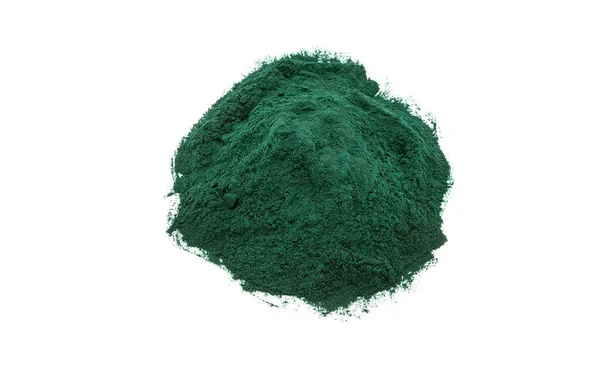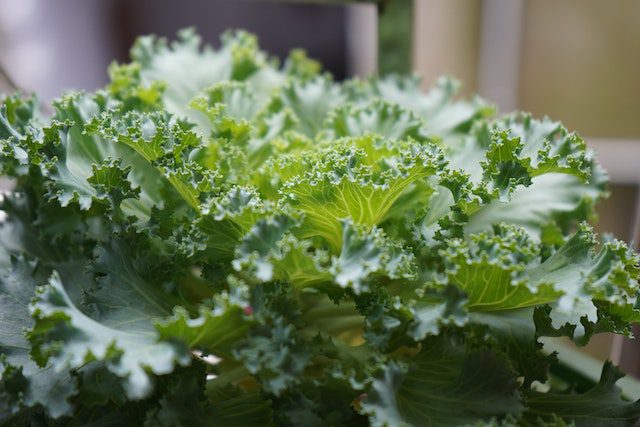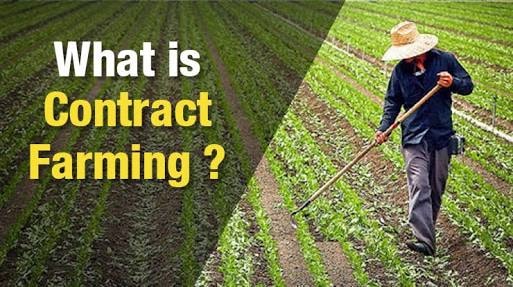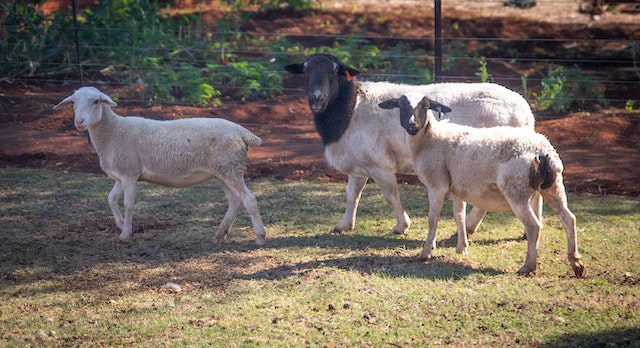How much do you know about benefits of Spirulina in Kenya? This superfood farming is gaining fast popularity in Kenya due to its numerous health and profit benefits.
Imagine a tiny green algae that packs more protein per gram than beef, is rich in vitamins and minerals, and has been hailed as a superfood for centuries. Welcome to the world of spirulina, a nutrient-dense powerhouse that’s transforming health routines around the globe. Whether you’re a fitness enthusiast, a vegan looking for protein sources, or simply someone eager to boost your overall well-being, spirulina is definitely worth exploring.
In this comprehensive guide, we will delve into benefits of spirulina, Benefits and costs, requirements to grow spirulina at home as a superfood in Kenya.
What is spirulina?
Spirulina is a type of blue-green algae that grows in freshwater lakes and ponds. It’s been a staple in many cultures for its incredible nutritional profile, which includes vitamins A, B6, and K, along with minerals like iron, magnesium, and potassium. With a protein content of around 60-65%, spirulina is an excellent addition to any diet.
There are two types of spirulina
Related; Azolla Farming in Kenya: How to make more money and yields
What is the benefit of Spirulina
Are you looking at the benefits of spirulina growing? Some reasons why there is a huge adoption of algae cultivation for animal and human consumption include; its nutrition, health, and low-cost production. The list below summarizes top health benefits of spirulina.
1. Boosts Immune System
The phycocyanin in spirulina has anti-inflammatory properties and supports immune function, helping your body fight off infections more effectively. Imagine having a natural shield against common colds and flu!
2. Supports Heart Health
Spirulina may help lower bad cholesterol (LDL) and increase good cholesterol (HDL), reducing the risk of heart disease. This makes it a beneficial addition to a heart-healthy diet.
3. Improves Gut Health
Spirulina supports the growth of beneficial gut bacteria, promoting digestive health and potentially alleviating symptoms of irritable bowel syndrome (IBS).
4. Muscle Strength and Endurance
Rich in protein and anti-inflammatory compounds, spirulina can aid in muscle recovery and endurance, making it popular among athletes.
5. Antioxidant Properties
Spirulina contains antioxidants like phycocyanin, which help protect cells from damage and reduce inflammation, potentially lowering the risk of chronic diseases.
Other benefits
Some reasons you may find it easy to invest in growing spirulina at home include;
- Growing market demand for spirulina as a health supplement form human and animal consumption
- Low production costs compared to other crops
- Minimal land and water requirements
- Flexibility in scaling up production
- Opportunities to promote food security, income, and job creation
- Technology transfer and research opportunities
What are the Costs of Spirulina Farming in Kenya
The costs associated with spirulina farming vary depending on the cultivation method and equipment used. Some of the common expenses include:
- Initial setup costs for tanks, pumps, heaters, and other equipment
- Costs of nutrients and salts required for the growth medium
- Labor costs for maintenance and harvesting
- Marketing and packaging costs for selling the final product
Initial Setup and Equipment Costs
While spirulina farming boasts low ongoing production costs, there are initial setup expenses to consider. These include investments in tanks, pumps, heaters, and other equipment essential for creating a conducive environment for spirulina growth. The choice of cultivation method, whether open pond, closed system, or vertical farming, influences the nature and extent of these costs.
Fertilizers & Salts
The growth medium for spirulina requires a carefully balanced solution of nutrients and salts. These inputs contribute to the overall production costs.
Labor Costs
Additionally, labor costs for maintenance and harvesting should be factored in. The meticulous nature of spirulina farming, from pH regulation to temperature control, demands skilled labor for effective cultivation.
Marketing and Packaging
To bring spirulina to market successfully, marketing and packaging costs must be considered. Creating a brand image, packaging that reflects the product’s quality, and effectively communicating the health benefits are essential components of marketing spirulina as a premium superfood.
How to be Successful in Spirulina Farming
To be a successful spirulina grower, consider meeting the following requirements:
- A suitable growth medium: Spirulina can be cultivated in various environments, including large tanks, aquariums, grow bags, or ponds. The choice depends on factors such as available space and budget
- Nutrients and salts: A solution containing the spirulina culture, along with fertilizers and salts, is required for optimal growth.
- Temperature and pH control: The water temperature and pH must be carefully controlled to optimize growth.
- Aeration and circulation: Water must be circulated and aerated using pumps and filters to ensure proper oxygen supply and nutrient distribution
How to Grow Spirulina at home
Are you wondering which is the easiest method to start your spirulina farm in Kenya? There are common methods of growing the algae; open ponds, closed systems,s and vertical farming. Each method has advantages and disadvantages, and the choice depends on available space, budget, and technical expertise.
- Open Pond Method: Common and cost-effective, involving large ponds with controlled environments.
- Closed System Method: Requires a closed environment, such as a greenhouse or specialized tank, offering precise control over conditions.
- Vertical Farming Method: Utilizes vertically stacked trays or tubes, employing hydroponics for efficient space utilization.
Successful Spirulina Farming in Kenya – A Case Study
Looking for spirulina farmers’ success stories? The YouTube video Below is a case study of closed-system spirulina farming in Nakuru County.
The farmer, Kiriko Secondary School adopted spirulina farming, and it is a notable pioneer in its mass production.
Spirulina’s integration into local communities and institutions as a superfood showcases its potential to address nutritional needs and contribute to food security.
How to Incorporate Spirulina into Your Diet
Adding spirulina to your daily routine is easier than you think! Here are a few ideas:
- Spirulina Smoothie: Blend spirulina powder with your favorite fruits and milk for a nutrient-packed breakfast.
- Energy Balls: Mix spirulina with oats, nuts, and honey to create healthy snacks.
- Salad Boost: Sprinkle spirulina powder over salads for an extra nutritional kick.
Conclusion
The journey into the world of spirulina farming in Kenya unveils a treasure trove of possibilities. From addressing immediate food insecurity to empowering STEM learning and promoting sustainability, spirulina emerges as a symbol of hope and innovation. The cultivation of spirulina holds tremendous promise for a healthier and more sustainable future in Kenya and beyond. As the demand for superfoods continues to grow, spirulina stands poised as a profitable and sustainable venture with far-reaching benefits for individuals, communities, and the planet.
Share this post if you’re ready to embrace the power of superfoods!



